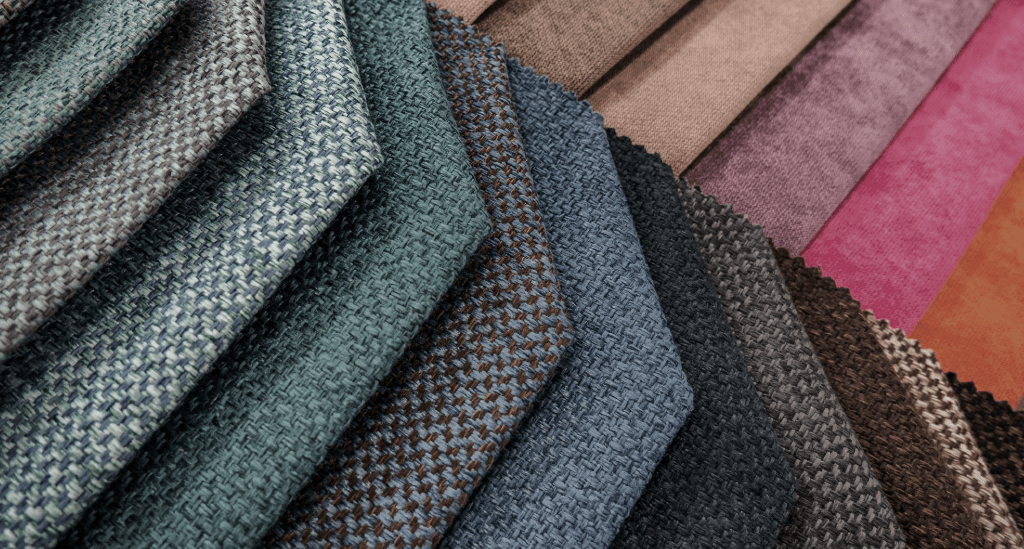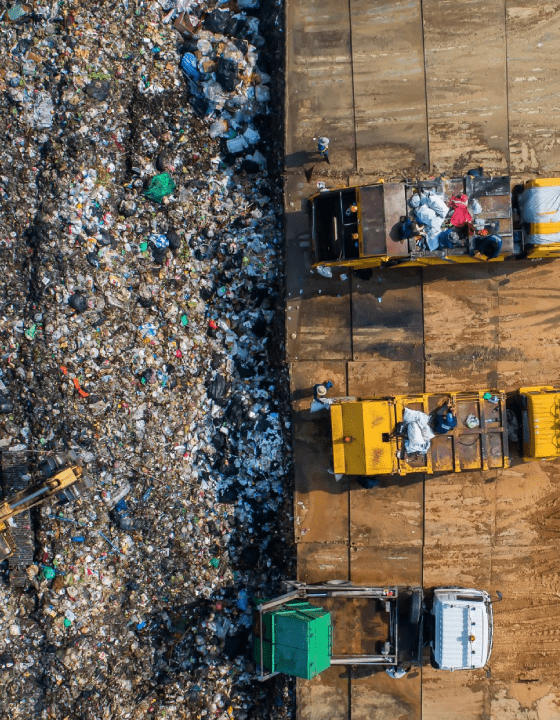
With the ever increasing concentration on climate change, not only through the authorities’ activities but also through our own personal experience this summer, it is hard not to take it seriously, and actually want to do one’s own bit about it.
Yes, advancement in becoming more eco friendly and sustainable in the contract furniture sector is not new; some beacon companies have been working on this for nearly 30 years, but now that it is mainstream, even if only in the area of discussion, many companies are feeling more empowered to learn from the pioneers, and implement change.
I have been increasing my knowledge in the area, and am looking at the different elements we can tackle in the furniture industry one by one; the area of sustainable wood was easier to decipher, but when it comes to fabrics, the situation is more multi faceted.
There are questions we need to ask ourselves when it comes to fabrics:
– Where does the raw materials of the fabric come from?
– What chemicals are used to process and finish the fabric?
– What is the carbon footprint of using a particular fabric?
– How sustainable is the production of the fabric?
– Is there a way of repurposing or recycling the fabric at the end of its lifecycle?
Of course, all materials in the making of furniture can be looked at in the same manner, however fabrics have, we could say from one point of view, the advantage of being produced, and therefore there is the opportunity to select ones that are ahead in the game of sustainability.
I say ‘game’ because, there is a lot of talk and far less action out there; buzz words abound, some companies in the fashion world have even been exposed for presenting information that is incorrect, or not the full truth when it comes to using fabrics made from recycled waste, to get ahead of their competitors.


When taking small steps to become more sustainable, the subject of fabrics is actually an easy one for furniture manufacturers; for any of their own collection items the manufacturer can use fabrics that have been produced in a well thought out way.
Researching a small selection of brands such as Camira (UK origin), Kvadrat (Denmark origin) and Brentano (USA origin), it is evident that when taken seriously so much can be achieved in the area of manufacturing high quality fabrics that are design and innovation led.
These and many more companies like these ones, have taken on the challenge to act with integrity to be able to supply their products in a way that is caring to the planet. What started for many fabric companies as a simple act of recycling old fabrics and yarns has now evolved into repurposing plastic bottles, marine waste and pre consumer waste. What could be more exciting than seeing pre and post consumer waste being magically turned into luxurious fabrics that adorn the armchairs of a 5 star hotel.
Then there is the growing of plants such as nettle and hemp with minimal harmful pesticides, chemicals, and fertilizers to use in the manufacturing of fabrics… it seems the list of creative and innovative thinking will never cease in this area.
The reduction in landfill, the preserved energy and substituting scarce resources such as oil to manufacture fabrics that have polyester in them; or using sustainable wool resources; or making sure the chemicals are less and less harmful in each part of the process; or developing processes that use less electric and water; or using naturally grown fibres that are easily renewable… when these benefits are all included in 1m of fabric, how can we, as a furniture manufacturer, not start to see this as a small step towards becoming more sustainable…
Whilst it is like riding on the wave of someone else, us benefiting from the decades of work they have put into this, benefits them, and then, it seems, we start creating a closed loop in sustainability.
Jade Ilke
www.designingfutures.today
in collaboration with Parla


